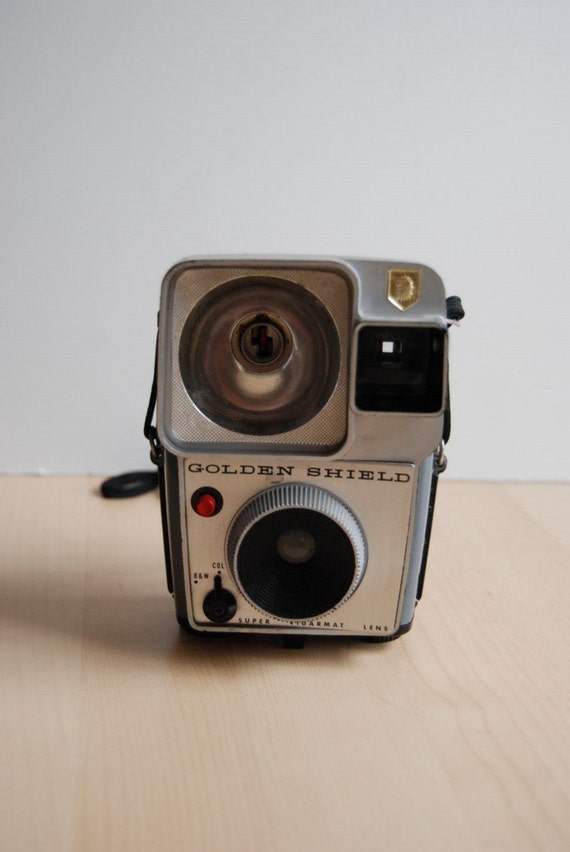
The OM-D has the same square lines and pentaprism housing as the very popular OM reflex cameras that Olympus produced 35 years ago. The Olympus OM-D is a good example of retro design in a contemporary camera. For younger photographers the retro trend is a way to connect with the roots of photography, to what can be seen as a more “authentic” photography. Retro cameras remind us of old family cameras or perhaps that first camera that launches our love affair with photography. It is about a future wrapped in familiar echoes of the past. Retro is about nostalgia, whether in camera design, clothing or in vinyl LP revival. In the face of the almost daily rollout of new cameras-each with bigger sensors, better video, and faster processing-some photographers are feeling future fatigue and this is where retro begins to find its niche. So what exactly is “retro style” and is it just a marketing gimmick or does it offer anything important for photographers? They are part of the “retro style” trend that, in the words of the inimitable Yogi Berra, is “déjà vu all over again.” Like the Olympus Pen, the Panasonic GX8 and the Fujifilm X-T10, the Df’s clean lines, sharp edges and large controls are reminiscent of the finest cameras of film’s glory days in the 1980s and 1990s. Styling aside, here was a camera that could resonate with serious photographers who want to fully control their camera (rather than the other way around).
#Camera retro gold full#
The British leather and felt manufacturer Hard Graft has identified the photographer as a target customer, producing a number of attractive belts and bags that will make any retro camera a little bit easier to use, while still satisfying the aesthetes.When Nikon announced the full frame Nikon Df, a retro-style digital camera with big metal dials and control rings replacing tiny toggles and surface buttons, it literally took my breath away.
#Camera retro gold manual#
In addition to the impressive picture quality, lightweight body and numerous manual controls, with its Zeiss optics, the higher quality Leica M-system lenses can also be used. Sony A7RĪ full-frame sensor with up to 36 megapixels in a compact camera? Such systems with minimal space were barely conceivable until the introduction of the Sony A7R. The camera is robust and ergonomically designed, and can be combined with the Prime lenses from the OM-D series. Large electronic viewfinder, high-performance 3-axis image stabiliser and autofocus, built-in flash and WiFi – the Olympus OM-D E-M10 feels right up to date, despite its chic vintage looks and mechanical feel. The excellent viewfinder, high image quality and weatherproof housing make the X-T1 a compact SLR alternative for professionals. Released earlier this year, the X-T1 boasts a mirrorless system with an APS-C sensor that ensures high levels of ease and efficiency.
#Camera retro gold series#
With its retro design and mechanical controls, Fujifilm’s X series has already earned a large following. It also has a traditional shutter-speed dial, infinitely easier than having to scroll through cumbersome menus. With the Df, Nikon has produced a no-frills, purist’s SLR, which dispenses with such frivolities as video shooting and other additional modes. Those who miss the ease of the Nikon F3 or FM will be pleased with this camera. But be warned: those switching from a point-and-shoot or SLR should be prepared for more complex controls. The Max CMOS image sensor in full-frame format, 24 megapixels and impressive lenses make the Leica the first choice for today’s serious reporters and photographers. To celebrate its 100 th anniversary, Leica has released a limited run of 500 of the legendary M rangefinder. Leica has made the transition from analogue to digital rather successfully in fact, the company’s current cameras are perhaps as coveted as they have ever been. Leica M Anniversary Edition ‘100 years of Leica photography’




The following cameras will not only ensure your style isn’t tainted, but that your photos are just as (pin) sharp. Since the rise of the hipster movement and smartphone apps such as Hipstamatic and Instagram, major camera manufacturers have returned to their roots, creating modern-day cameras with the appearance of classics from the 50s and 60s. Those who frequent events such as the Goodwood Revival or the Concorso d’Eleganza Villa d’Este will understand the problem: you’ve invested many an hour choosing an appropriate, stylish outfit, only to leave the house with a chunky, plastic-looking SLR on your shoulder.


 0 kommentar(er)
0 kommentar(er)
